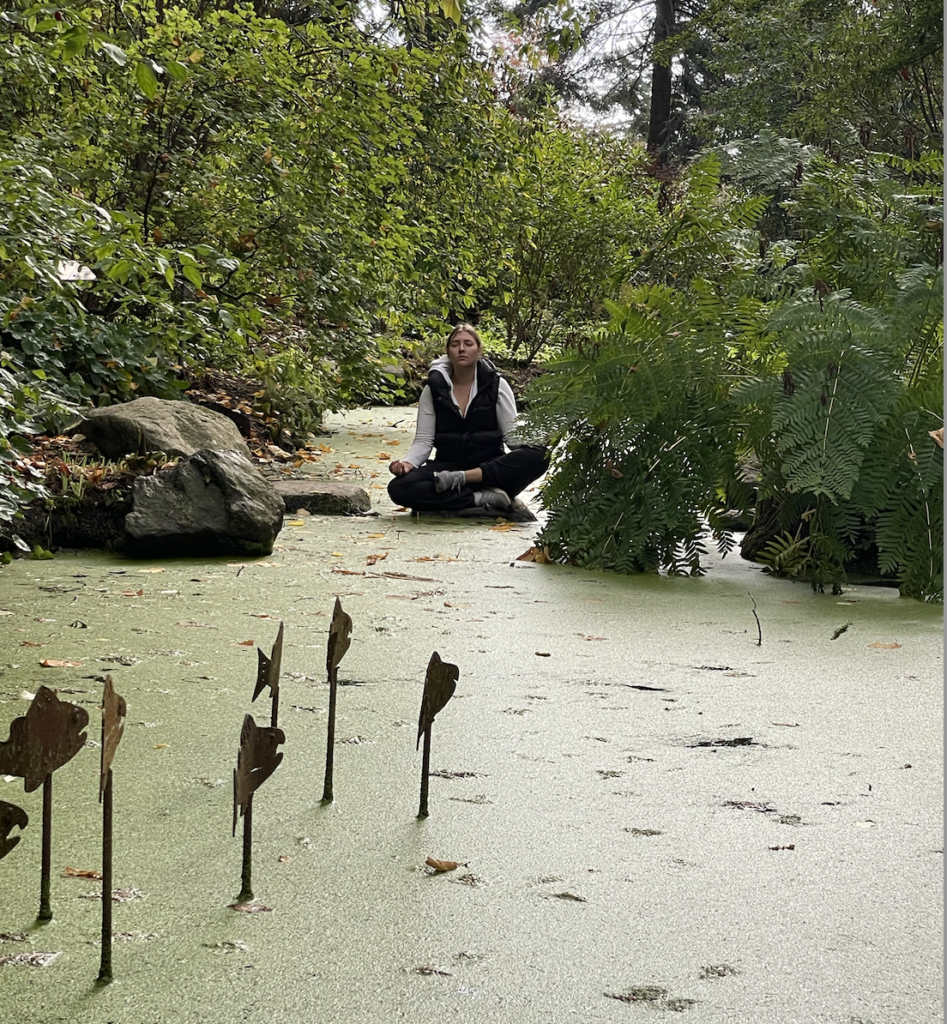In today’s class, we had a guest speaker Kirsten _. She had a discussion-type presentation with us about teaching by connecting with nature, as well as integrating technology into a classroom in a meaningful way to develop a relationship with nature. The main point was getting outside with your technology since technology is one of the main components that keep us and children indoors.
There are so many different technology websites and online tools that can be incorporated into a classroom setting that can be very useful, as well as interesting for the students. ChatterPix, Google Earth, and even Minecraft can all be beneficial sources, for expanding children’s understanding of outdoor education engagingly. I have linked an article on how Minecraft can be an enjoyable resource in a classroom!

We talked about Place-based learning, where you can look at the history and culture of the land. This is a very important tool for adding more Indigenous learning in the classroom. It can be as simple as walking through a forest, and connecting what these environmental resources were used for certain things for years before us, and still to this day. My grade 3 class was very fortunate enough to have gone on two field trips to Swan Lake, where they learned all about ecosystems in the area, different local animals around us, as well as the local endangered species. The following week the class walked from Willows Elementary to the Camas Trail which is located through Uplands Park. Here they learned more about the invasive plants and species and were able to use clippers to help get rid of these plants. These place-based learning tools can be very beneficial for students to comprehend and explore.

The two-eyed lens is when we are looking at a historical perspective lens, learning about what our ancestors before us did with the lands, and how it affected them when settlers arrived, and raising education along the importance of the native lands and communities lands. For example, “place” is more than just a boundary, and that UVic is located and stands on two different lands, the Lək̓ʷəŋən (Songhees and Esquimalt) Peoples territory, and the Lək̓ʷəŋən and WSÁNEĆ Peoples whose historical relationships with the land continue to this day.
The Saltwater People website is very important as a classroom tool, as it provides all of the First Nations lands and indigenous names, where the First Nations groups were originally. This can be very useful for teaching students what the traditional lands they are currently on, and what surrounds them as their local neighbouring lands.
Kirsten’s presentation was very interesting and beneficial for us to learn!

